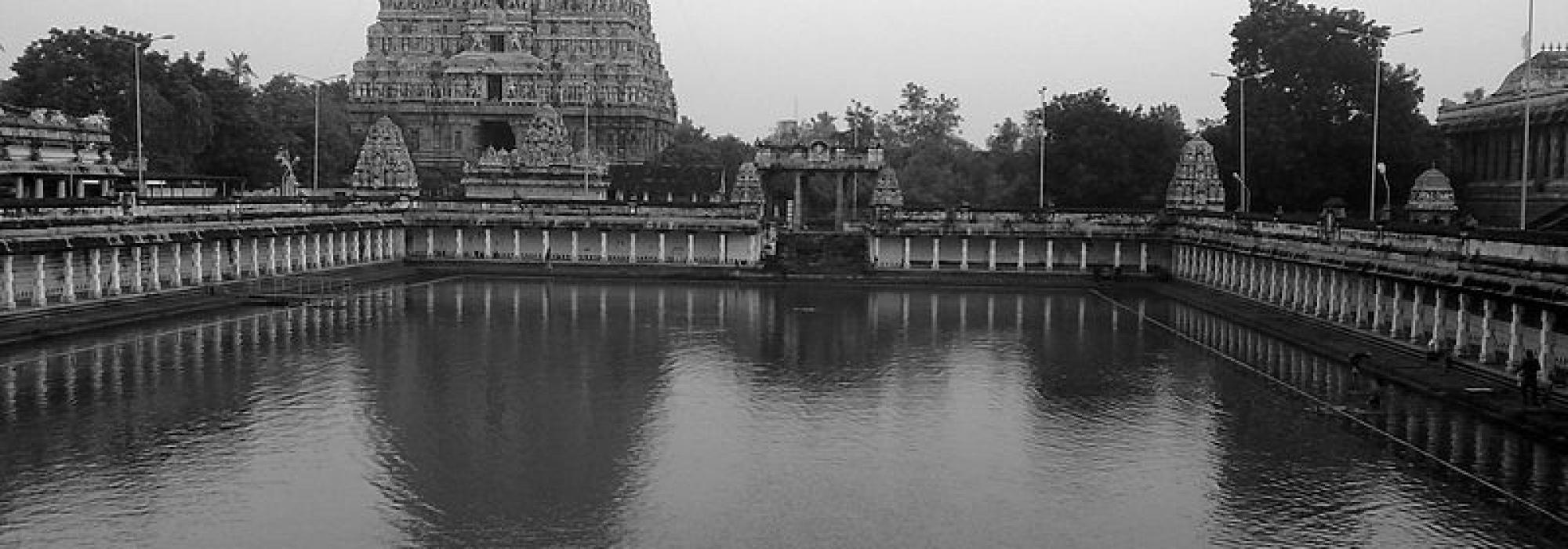मारमणमुमारमणं फणधरतल्पं फणाधराकल्पम्।
मुरमथनं पुरमथनं वन्दे बाणारिमसमबाणारिम् ॥
Appayya-dikshita, an advaitin, out of his love for traditional rituals, practiced the non-dualistic worship of Shiva. Works like 'Shikarini-maala', are testimonies to his devotion to Shiva. However, hymns like ‘Varadaraaja-stava’ indicate that he was not averse to the worship of Vishnu. He strictly adhered to the advaitic school of philosophy of Shankaracharya that places the ritualistic worship of both Shiva and Vishnu on the same pedestal. He often helped resolve disputes between veera-vaishnavas and veera-shaivas, when they denigrated each other’s mode of worship.
In Chidambaram, the temple of Govindaraaja (a form of Vishnu) was located right next to the garbha-griham of the Nataraaja temple. When some shaivas, out of their sectarian dogma, had the temple of Govindaraaja shut down, Appayya-dikshita had it re-opened and made way for the worship. He composed the current verse, extempore, thereby educating people about dhaarmic conduct. The choice of words in the poem makes it lucid and euphonious
“My homage to the consorts of Maa & Umaa,
to him who has a snake for his bed and to him who wears a snake as a necklace,
to him, who killed Mura and to him, who killed Tripuraasura,
to him, whose foe is Baanaasura and to him, whose foe is the one with odd number of arrows”
The verse is primarily a play on words, with alliteration on the attributes of Shiva and Vishnu. The poet shows that the difference between those attributes is just of a couple of syllables, thus, the difference between the two Gods is insignificant and both are the selfsame.
Vishnu is the consort of Maa (Lakshmi) and Shiva of Umaa (Paarvati). Vishnu, who has the snake Aadishesha for his bed, is phanadhara-talpa, and Shiva who wears a snake for his necklace is phanaadharaakalpa. Vishnu put Mura to death and Shiva did the same to Tripuraasura. Vishnu is Baanaari, i.e., is a foe to Baanaasura and Shiva is Asamabaanaari, i.e., is a foe to the one who carries an odd number of arrows (Manmatha, the cupid, is known to carry 5 floral arrows).
Adapted from Kannada by Arjun Bharadwaj
(The original article is from the anthology Kavitegondu Kathe.)













































